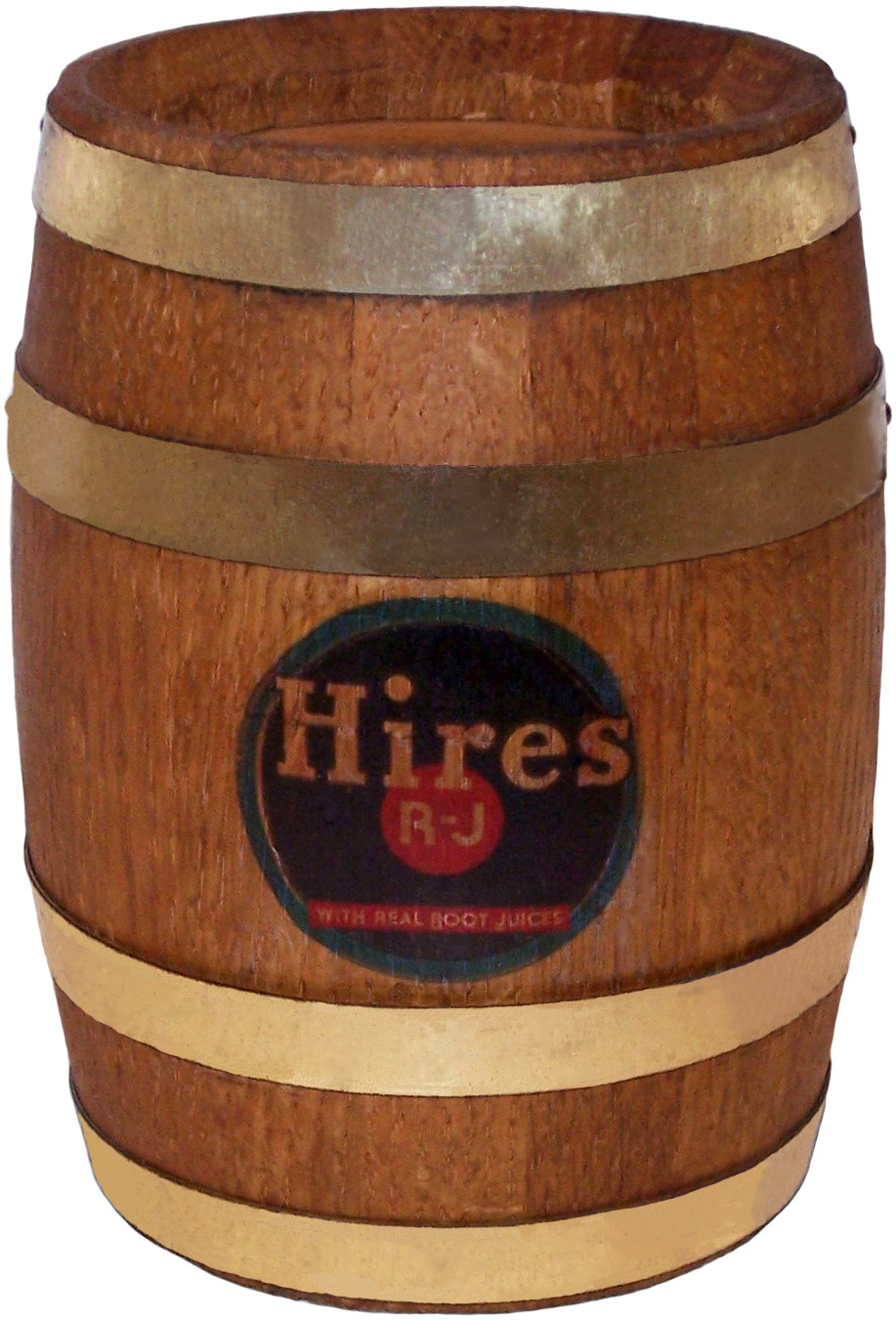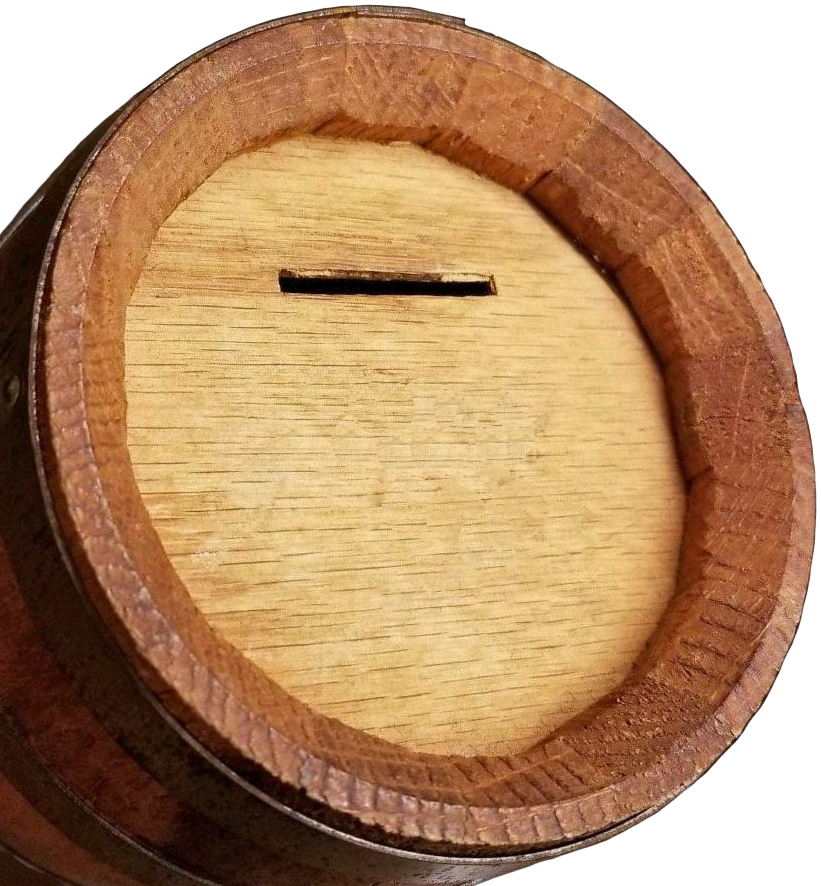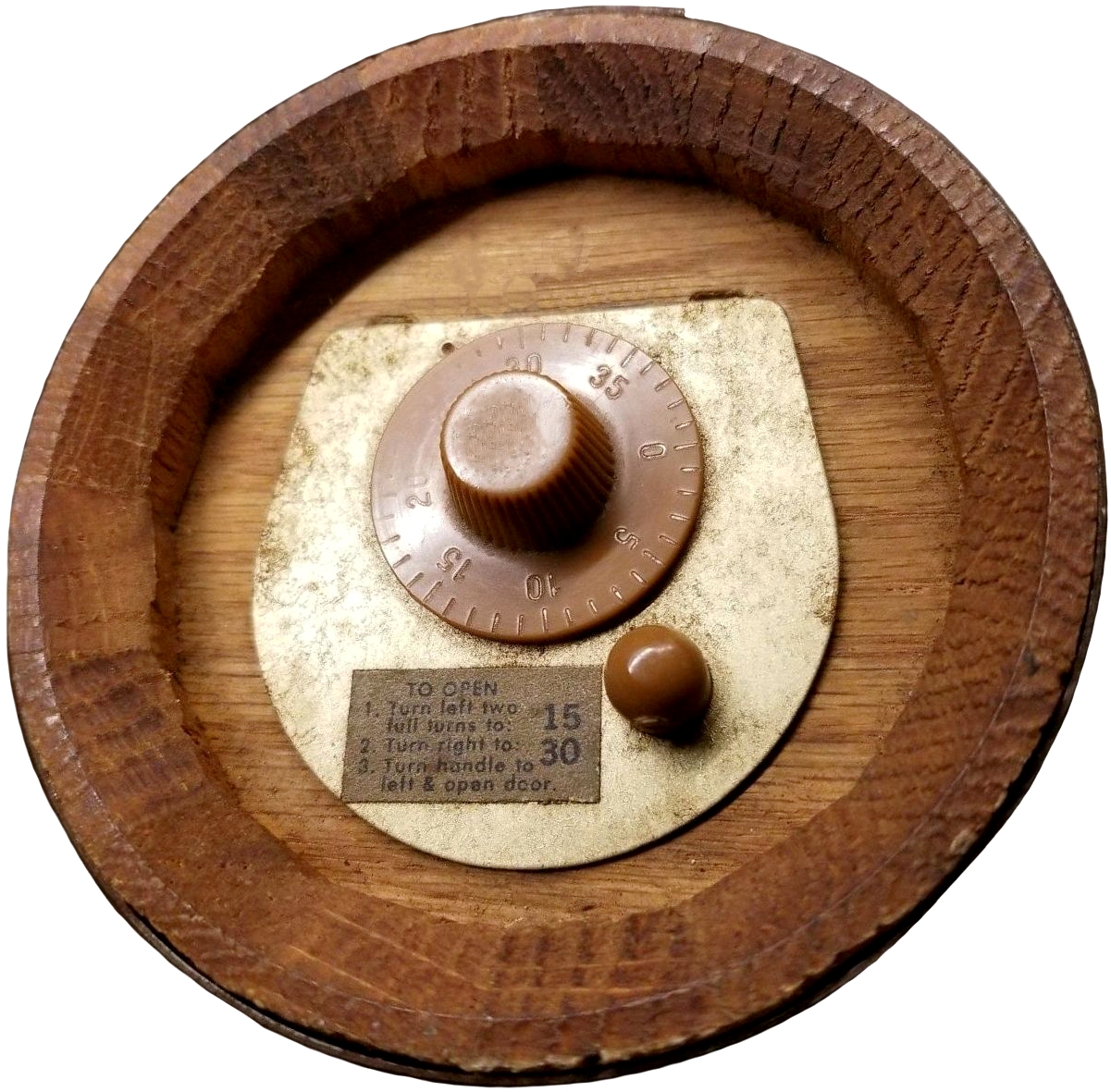1936
IT HAPPENED IN…1936
A major heat wave and drought created a dust bowl
and sent thousands more farmers westward.
Although farm and metals prices and automobile
production increased, 8,000,000 people were still unemployed.
Labor unions started utilizing a new tactic, the sit-down
strike.
Since 1932 New Deal policies had raised the
national debt by $12 billion, but during the same years national
income climbed by $30 billion and President Franklin D. Roosevelt
was easily re-elected over Kansas Governor Alf Landon.
The
Hindenburg completed the first scheduled transatlantic dirigible
flight.
At the Summer Olympics in Berlin, Germany,
America’s Jesse Owens won four gold medals.
These Olympics marked the first live television coverage of a
sporting event.
Adolf Hitler announced the building of Volkswagen
automobiles in Germany.
Construction of Boulder (now Hoover) Dam was
completed.
California’s San Francisco-Oakland Bay Bridge
opened.
Newly introduced products and inventions included
Tampax tampons, 35 mm Kocachrome commercial color film, in-dash car
radios, and Penguin paperback books.
Milk plants entered the soft drink business by
bottling “dairy orange” flavored drinks.
Newly introduced soft drinks included Double
Cola, Try Me, Big Bill, Big Boy, 2-Way, and Pick Upper.
12-pack, carry home, soft drink cartons were
introduced.
Kentucky passed a state tax on soft drinks
(repealed in 1937).
At $230 million in sales, the soft drink industry
regained its pre-Depression total level.
Clicquot Club’s testing of cone-top, wax-lined
cans was abandoned due to leakage and stacking difficulties.
Usage of single flavor automatic soda vending
machines dispensing a single cup was growing.
6,035 U.S. soft drink bottling plants were in
operation. Per capita
consumption was 54.9 bottles.
Early in 1936 Hires launched a national contest offering significant cash prizes. This paper sign was distributed to dealers and stores selling Hires Root Beer at fountains, in bottles, and for home use. The 15.0" x 6.0" sign was assigned item number C-2.
(Figure 1936-01, contest paper
sign)
Of course, the double-sided entry blank, helpful hints, and rules form
(item number C-3) also provided an opportunity to advertise Hires
R-J Root Beer:
(Figure 1936-01, contest entry
blank, front)
(Figure 1936-01, contest entry
blank, back)
Full page contest advertisements were also placed in newspapers and magazines as late as the June 6, 1936 issue of Saturday Evening Post. This 15.0" x 20.0" American Weekly announcement has yellowed with age.
(Figure 1936-01.5, American
Weekly contest advertisement)
Hires operations began to expand during 1936, with branch bottling plants established in several cities. A company-owned bottling and syrup plant on 24th Street in Philadelphia opened in April.
May
26, 1936 Hires was granted U.S. Patent # 99,839 for a “new, original,
and ornamental Design for a Bottle.”
This was a defensive move in response to the major success being
enjoyed by competitors selling 12 ounce bottles for a nickel, especially
Pepsi-Cola and Royal Crown Cola.
(Figure 1936-02, U.S. Patent
# 99,839, Hires bottle, description)
(Figure 1936-02, U.S. Patent
# 99,839, Hires bottle, illustration)
Hires began using their distinctive new bottle with a pebble finish early in 1936, even before the patent was granted. Paper and foil labels were attached initially and the basic "ornamental design" was retained after switching to Applied Color Labels. Millions of these bottles were produced in flint (clear) glass, while a few were manufactured using amber glass. This example of a 12 ounce amber bottle is 9.5" tall.
(Figure 1936-02.5, amber U.S. Patent # 99,839, Hires bottle, front and base)
In
1936 Hires produced a 20 page
Recipes booklet for fountain operators that introduced a marketing
decision to claim Hires Root Beer was introduced in 1876: “In the Spring
of 1876, Philadelphia celebrated the Country’s Centennial with a great
exposition that was the talk of the Nation.
There at a large booth, visiting dealers from all parts of the
United States tasted Hires Root Beer for the first time and placed
orders.” Research indicates
this declaration was totally marketing hype and is simply not true.
(Figure
1936-03, Recipes
booklet, 20 pages, 8.0” x 5.0”)
This Endoro stainless steel counter top dispenser is an updated version of the dispenser designed and patented by Harrison S. Hires December 3, 1935. The arm for clamping the dispenser onto the edge of a counter matches the original patent drawing. The attached label reads “with Real Juices” above the Hires R-J Root Beer logo, rather than “FOR REAL JUICES” below the logo like the earlier version illustrated as Figure 1935-21.
(Figure 1936-04, Enduro stainless steel counter top dispenser, 21.0” tall)
This paper sign includes both the “FOR REAL-JUICES” and “with REAL ROOT JUICES” slogans.
(Figure 1936-05, paper sign,
23.0” x 13.0”)
Here's an example of the “No Nik Quality – fine thin-blown glass(es) with protected chip-proof edge” described in the Recipes booklet. The side is acid-etched “Hires R-J Root Beer - R-J with Real Juices.” There is also an etched, horizontal line on the side near the base, a guide servers used to help them measure the correct quantity of syrup prior to drawing carbonated water and stirring the mixture. This 8 ounce example is 4.25" high with a 2.25" diameter.
(Figure 1936-07, No Nik
fountain glass)
This sign has an aluminum strap riveted to the back to facilitate
installation to a variety of surfaces.
(1936-08, brushed aluminum
soda fountain sign, 4.5” x 5.0”)
This wooden keg dispenser has a wooden lid and brass spigot.
(1936-08.5, wooden keg
dispenser, 14.0" x 21.0")
The
“Hires R-J WITH REAL ROOT JUICES” label on this oak, keg-shaped coin
bank was a precursor of future logo changes: “Hires” isn’t totally
inside the circle, “Root Beer” isn’t mentioned, and the R in Root
and J in Juices are underlined, defining R-J as standing for Root
Juices, not Real Juices.
(Figure 1936-09,
keg-shaped coin bank, 6.0” tall)
(Figure 1936-09,
keg-shaped coin bank, top with coin slot)
(Figure 1936-09,
keg-shaped coin bank, base with combination lock)
The Great Depression and the repeal of Prohibition
had a major negative impact on soft drink industry sales.
Between 1930 and 1935 Hires’ annual sales fell to less than half
of their 1930 total. In
early 1936, Hires management analyzed on-going soft drink industry
trends and realized sales of bottled beverages were growing
exponentially and Hires wasn’t a player.
Although the decision was difficult, they decided to stop
promoting Hires Household Extract and focus on marketing bottled Hires.
(Note, although they stopped promoting Hires Household Extract,
they continued to produce and distribute it.)
With the benefit of hindsight, here’s how this critically
important, strategic move was explained years later in the first edition
of the company’s Hires To You! magazine in 1947:
IT HAPPENED AT HIRES
A little known incident that changed the whole course of Hires History.
He said, ‘You simply can’t take $2,000,000 worth of
business and throw it out the window.’
But Hires could – and did!
That was back in 1936.
The executives of the Charles E. Hires Company had gathered to
discuss a radical change in the company’s policy.
Outside on the streets people talked about the relative merits of
Landon and Roosevelt, or about Wally Simpson.
But in the conference room of the Hires building the discussion
was neither casual nor light.
The whole future of Hires was in the balance.
This was the situation: The Hires business had been
built on extract, it had operated successfully since a few years
following the War between the States.
Hires extract was the most consistently advertised product in
America over the years. Now,
someone had suggested that Hires let the extract business wither, no
further advertising effort should be put behind it.
Henceforth, Hires advertising would be on the bottled carbonated
beverage and fountain drink.
True, it was a courageous and farsighted move now
that we can look back on it.
But it meant discarding a business which grossed two million dollars
annually.
Some small amount of Hires had been bottled as far
back as 1905 and Hires had been supplying root beer syrup to soda
fountains since the ‘80s.
But the familiar yellow package of extract for home-use in making root
beer, selling 65 million gallons annually, was the main prop of the
company’s business.
The Great Decision
The argument continued for days with the two opposing
points of view clashing constantly.
The chief proponent of continuing the home-use extract as the
primary Hires product held to his quite attractive contention, ‘You
can’t throw a two million dollar business out the window.’
But others pointed out home-use extract competed with the
carbonated product and was not of standard quality and flavor when made
at home. If Hires was to go
into full-scale production on a finished ready-to-drink beverage, their
merchandising and advertising efforts must be placed behind such a
product.
When the conference ended the most important decision
in Hires history was made.
Hires was to be a ready-to-drink beverage.
It was a hard decision – actually one of the most momentous yet
least publicized decisions ever made in the beverage industry.
It was a decision that could
have written the Hires company out of business and Hires’ would have
been remembered only as the creator of root beer and the maker of a
product of paramount purity, but those thoughts, too, would have passed
away with the times. This
happened just over ten years ago.
Fast Action
Once the decision was made aggressive action was needed immediately. A test plant was put into operation. It was of vital importance that correct methods could be found to make a product flavored with real root juices on a large scale. The accompanying problems of sales and distribution were met and standardized. 1936 was a year of trial.
There were those who for a while stubbornly clung to
the idea of home-use extract as the major item, those who hoped for the
return of the little yellow package as the head of the Hires line.
But meanwhile, plans for the promotion of bottled root beer were
sweeping ahead. A dynamic
advertising campaign supported the new program.
They were days of tension and stress.
Sales charts were examined on a daily basis.
There was always the chance that large numbers of consumers would
not immediately accept a bottled root beer although flavored with real
root juices. Eventually,
yes, purity catches on, but there was a possibility that it might remain
for too long only a virtue, just long enough for the company to
dissipate its resources.
Less than 350,000 cases were sold the first year.
The Outcome
What did
happen after that is well known by now.
The plan not only worked well, it was one of the spectacular
successes of the last decade.
Hires sales leapt past the million, then the ten million
mark…rocket growth of Hires in ready-to-drink form during the years from
’36 to ’42. Sugar rationing
halted the upward trend and kept sales on the wartime plateau.
But with the return of free sugar the same hard driving and alert
merchandising and selling methods that accounted for Hires’ rise in the
pre-war years is in effect again.
The most profitable day in Hires history was the
afternoon that the company threw two million dollars out the window.
There were, of course, many growing pains associated
with this strategic change.
Again with the benefit of hindsight, here was the company’s take on
beverage delivery as presented in
Hires To You! Volume 1 Number 3, mid-year 1947 (see the 1947 chapter
for this article’s conclusion):
Launching of the Fleet
We found out the hard way that the successful
development of beverage delivery by route trucks can only be
accomplished by building accurate records into a route book and then
intelligently using these records to improve service and distribution.
Our company history and experience in many plants have taught us
the real value of properly maintained route books.
A review of our own experience is interesting.
The company installed its first bottling plant in
Philadelphia in 1936. This
was the advent of a new era of distribution for us, and obviously
changes had to be made to meet this new condition.
It was felt at first that,
rather than own and operate our own fleets, we would make use of large
numbers of distributors in any given area.
This we did.
Starting the distributor operations in 1937 were our
Long Island, Pittsburgh, and Boston plants.
Minneapolis, Rochester, Los Angeles, and Baltimore followed in
quick succession in 1938.
Also, this same year our Dallas plant got under way,
but due to scarcity of distributors in that area the company was forced
to operate its own fleet. In
1939 the company purchased its Houston plant and, for the same reasons,
owned and operated its own fleet.
It did not take long for the
company to realize that the distributor system of operation, in some
areas, had definite drawbacks.
Our purpose here is not to belittle the efforts of the
distributor as he is a very essential part of the business in outlying
and suburban areas which cannot be reached effectively by company
trucks. However, in large
metropolitan areas direct control became a recognized necessity,
particularly because of the intense competition prevalent in such
localities.
And we had practically no control over the
distributors, some of whom were on an exclusive Hires basis, while
others were not. This meant
that our product might or might not be pushed.
We further had no route control or check system.
We weren’t sure where our product was going or where it was
selling. Turnover in bottles
and cases was sometimes slow due to poor service on the part of the
distributor. The drivers in
many cases didn’t push displays, advertising, regular service, and those
prime requisites which are so essential to the beverage business.
Hires leased the Somerville, Massachusetts building
November 9, 1936.
Emma Waln Hires, Charles Elmer Hires’ second wife,
died of a stroke December 15, 1936.
She had been an invalid for several years.





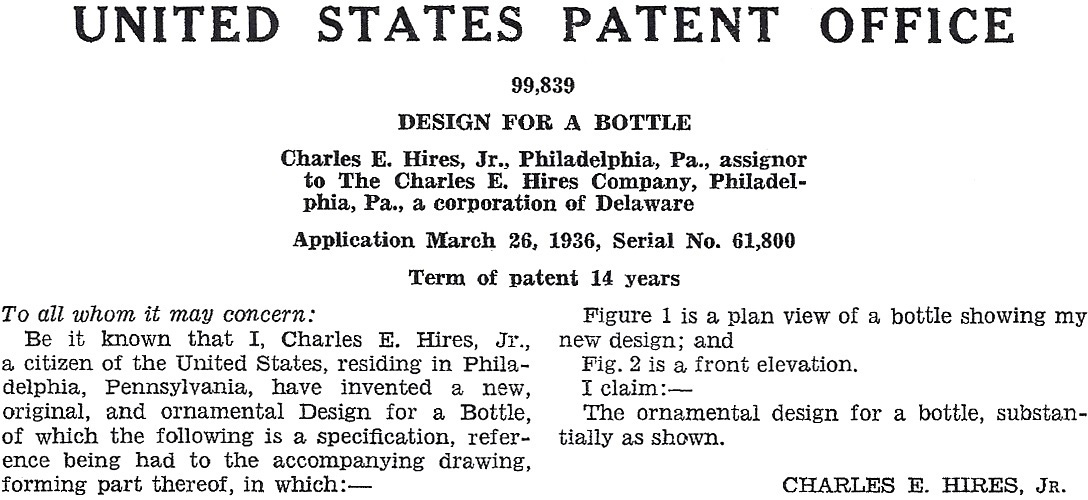
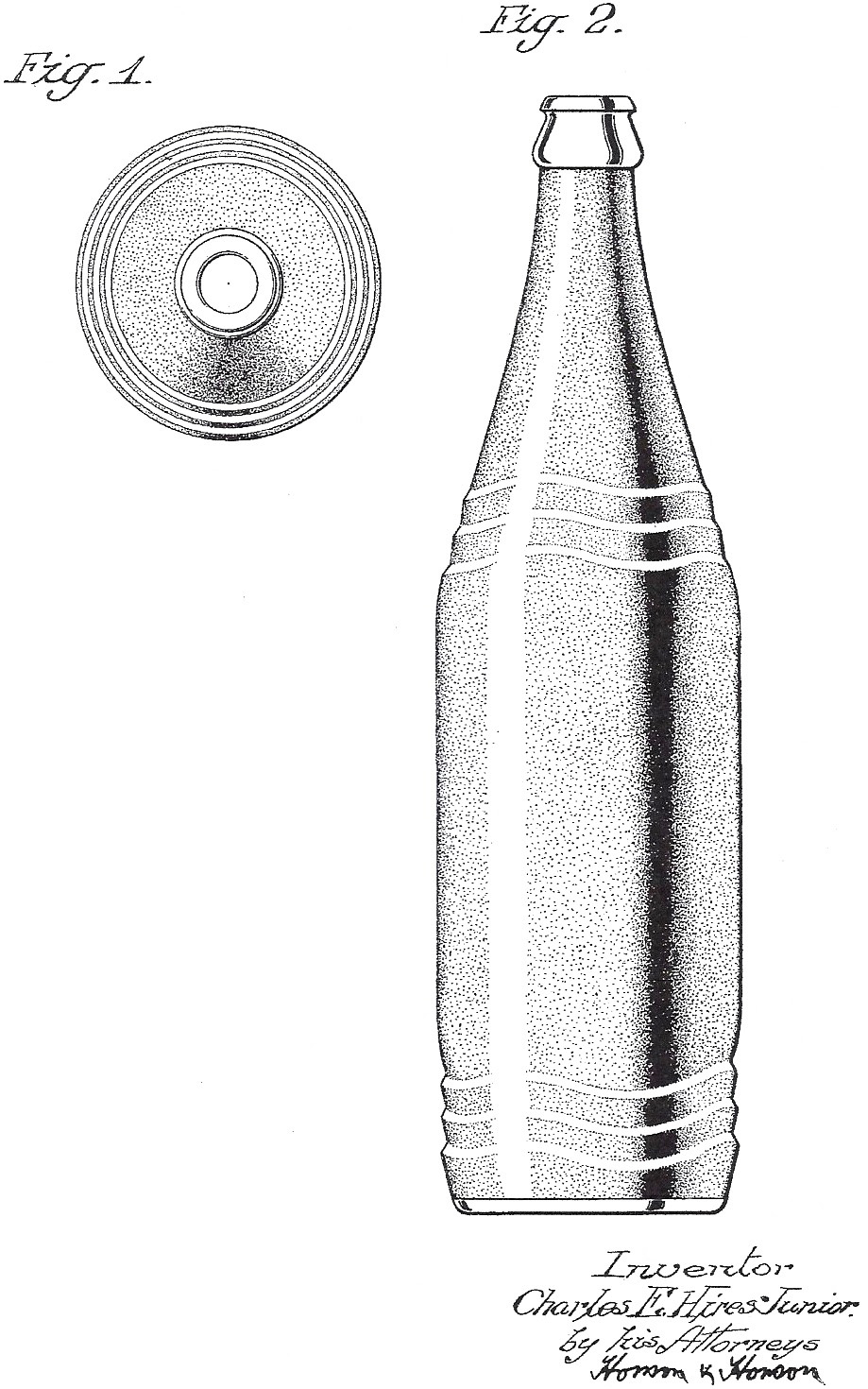

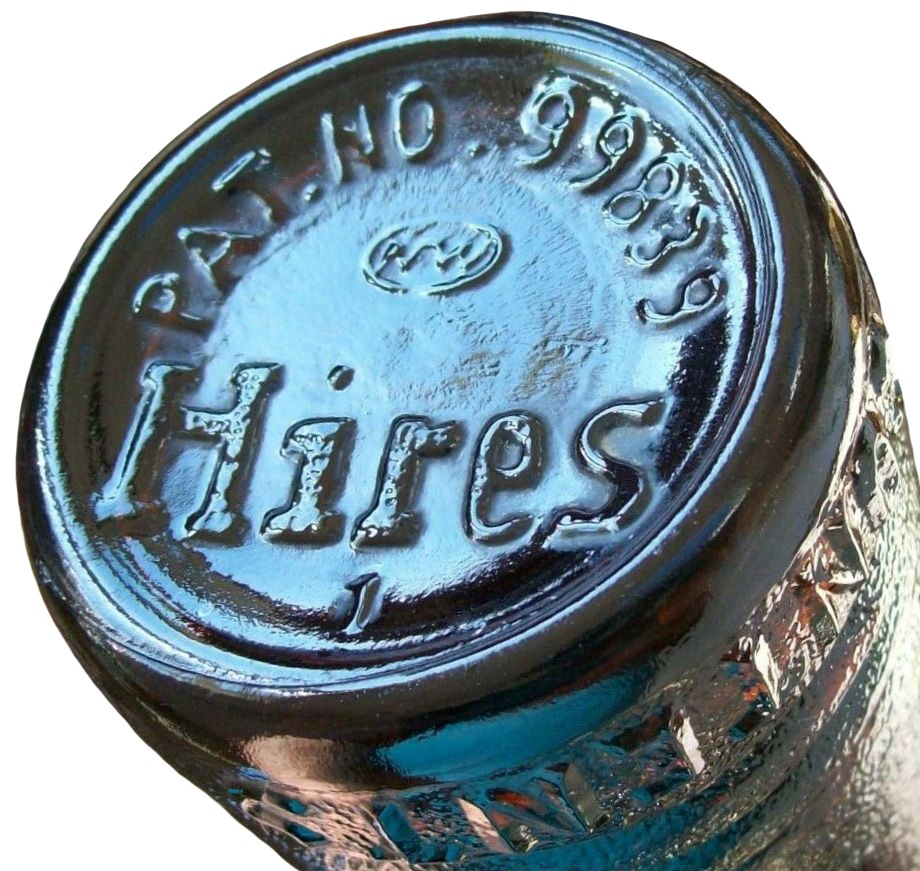

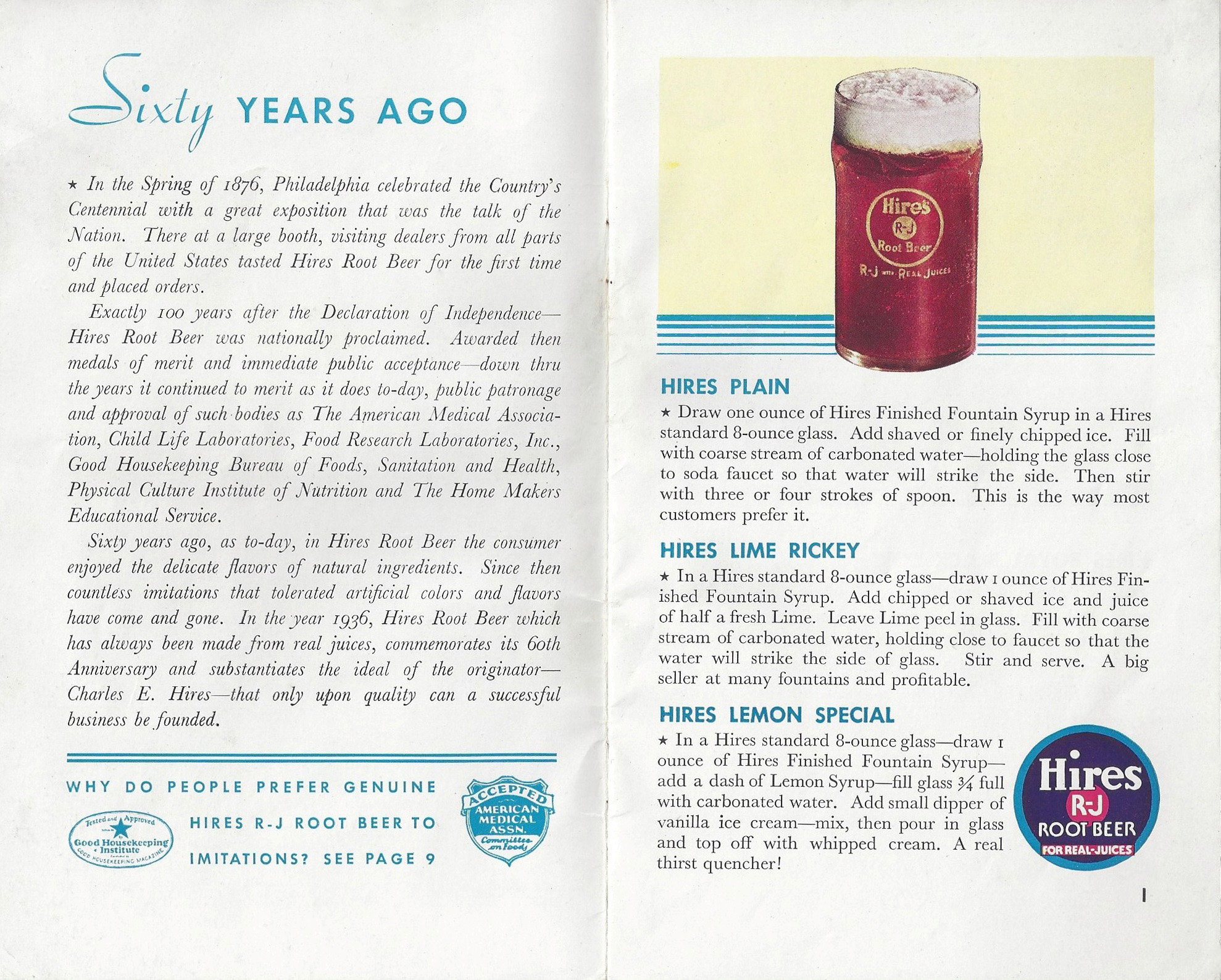

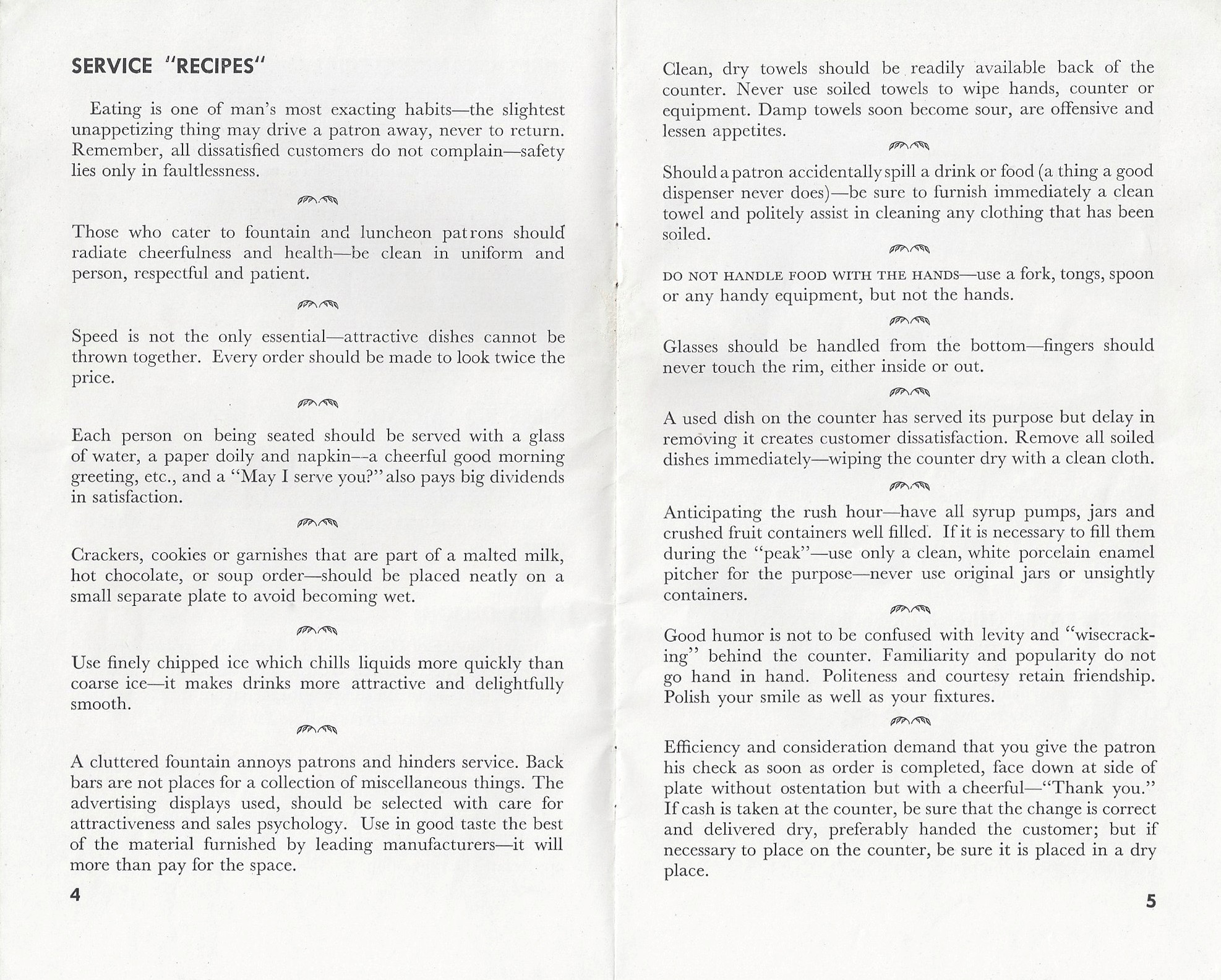
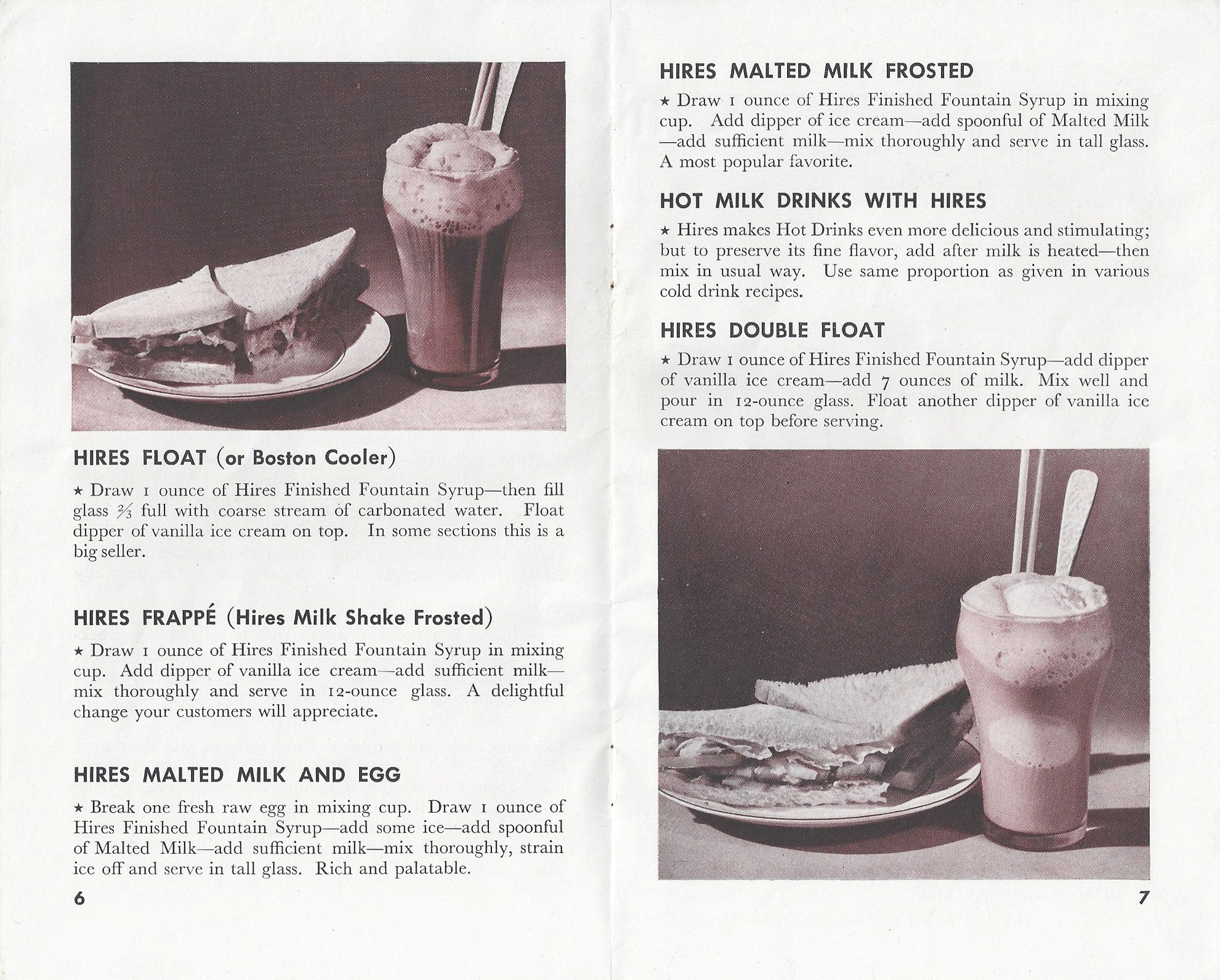


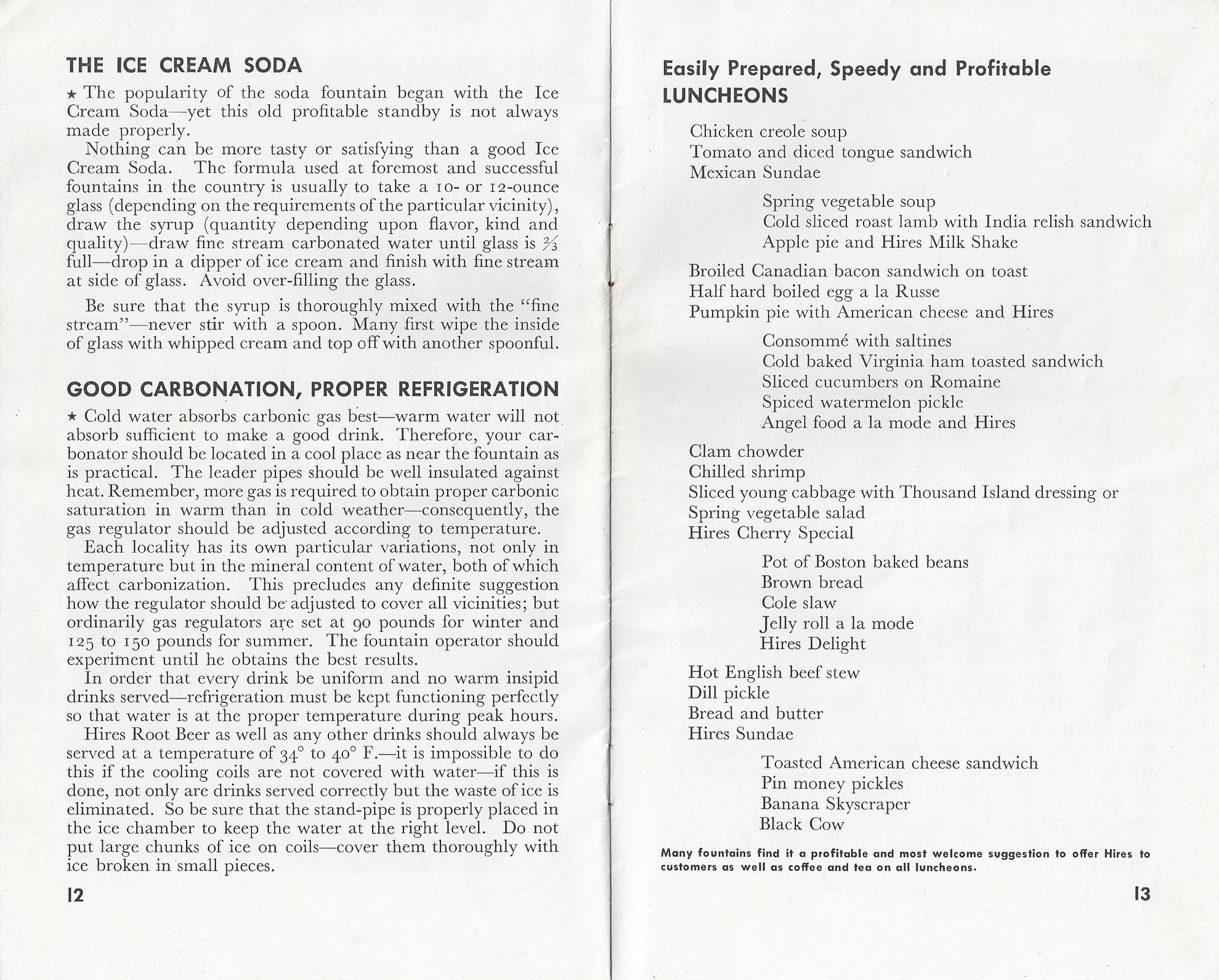
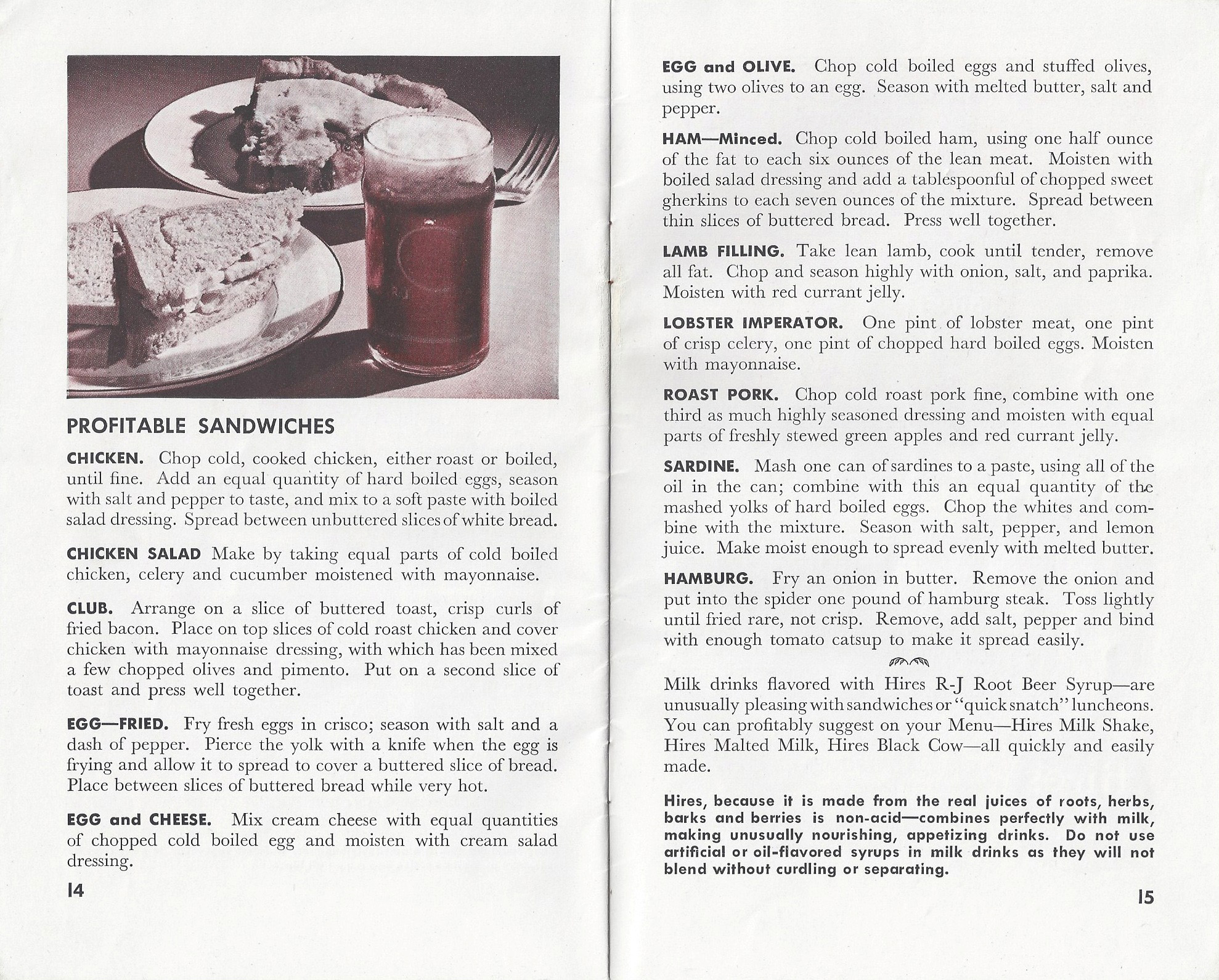


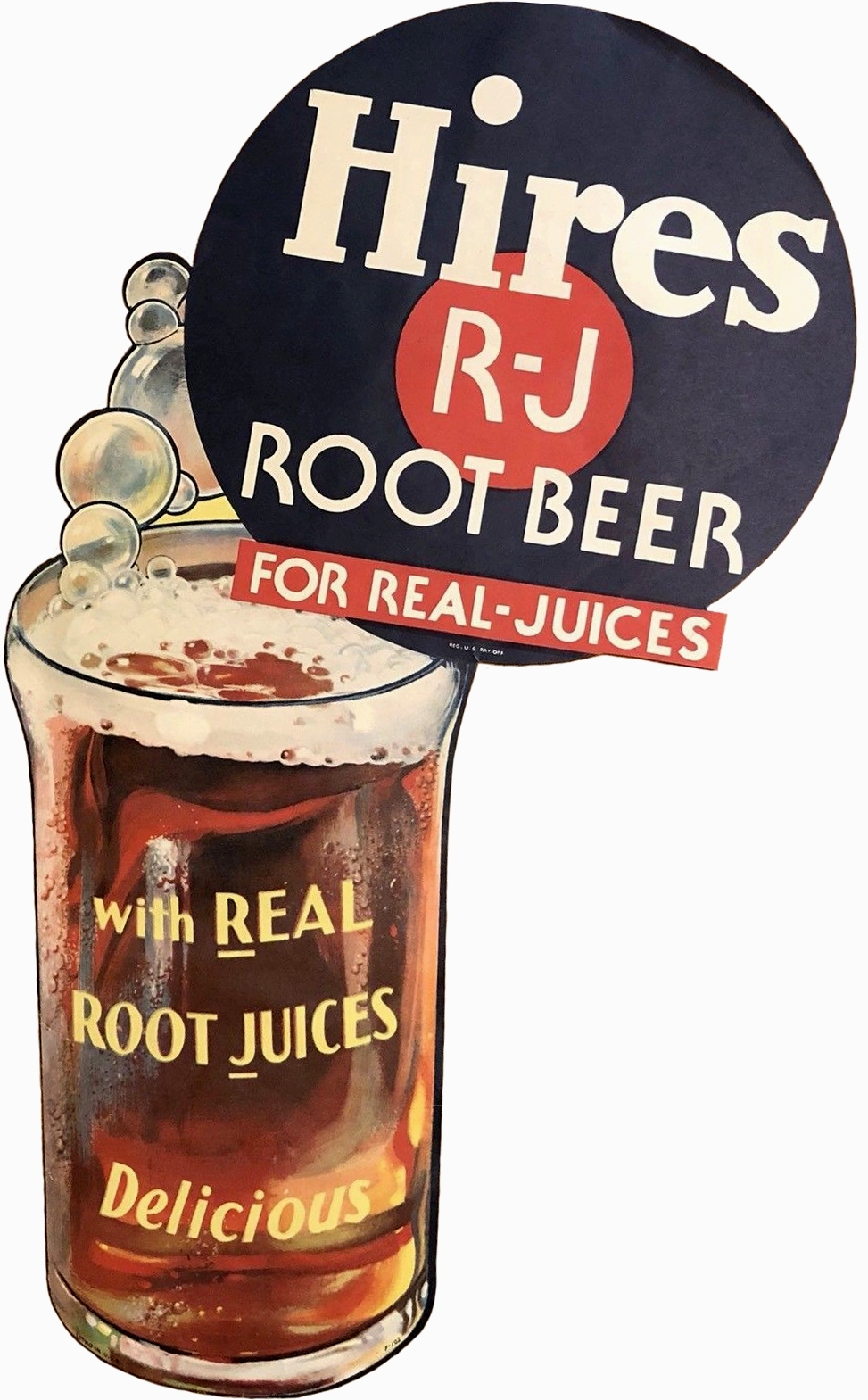
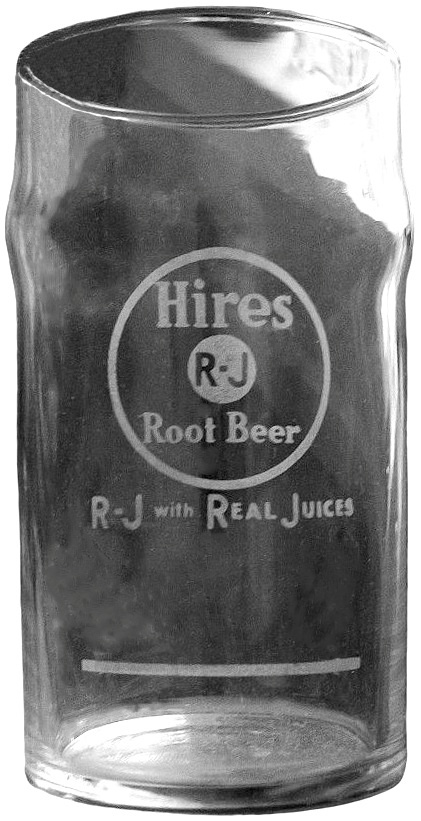
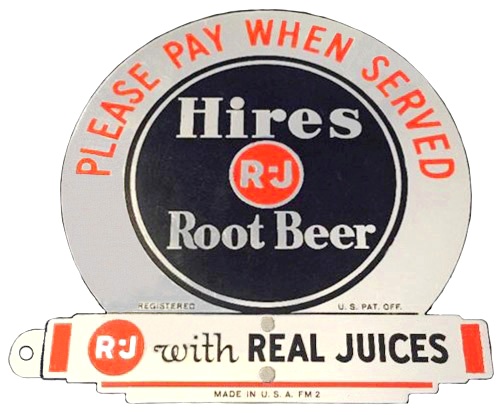
%20FOR%20REAL%20JUICES%20-%20ICE%20COLD%205¢%20-%20wooden%20keg%20dispenser%20with%20lid%20and%20brass%20spigot.jpg)
